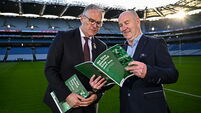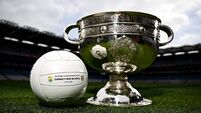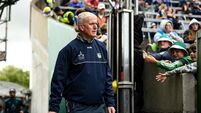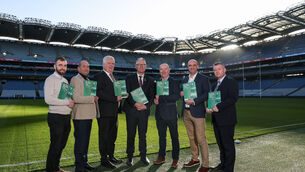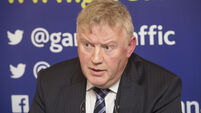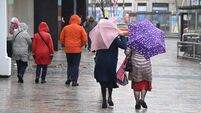John Considine: Predicting how normality looks when everything has changed

In the normal run of events Dr John Considine would be shuttling between his office in the Department of Economics in UCC and exam centres dotted around Cork, helping students pick their way through test papers and essay questions.
That seems distant now, of course.




